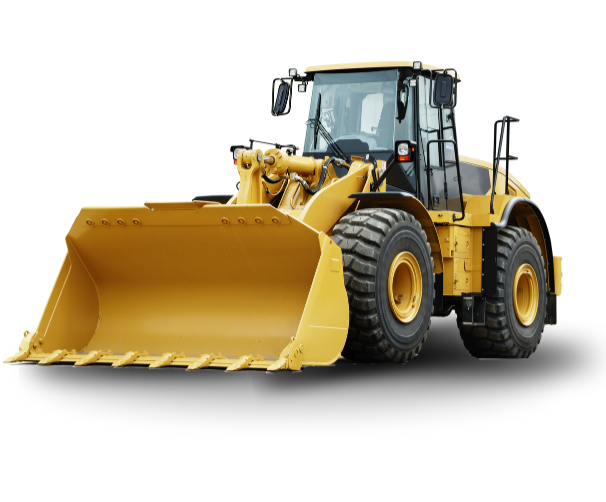Oil & Gas Exploration
Industry Overview
Key Features
Typical Tests & Applications
Industry Resources
No Resources Available
We're currently updating our resource library for this industry. Check back soon or contact us to request specific documentation.
Request DocumentationSupporting Products
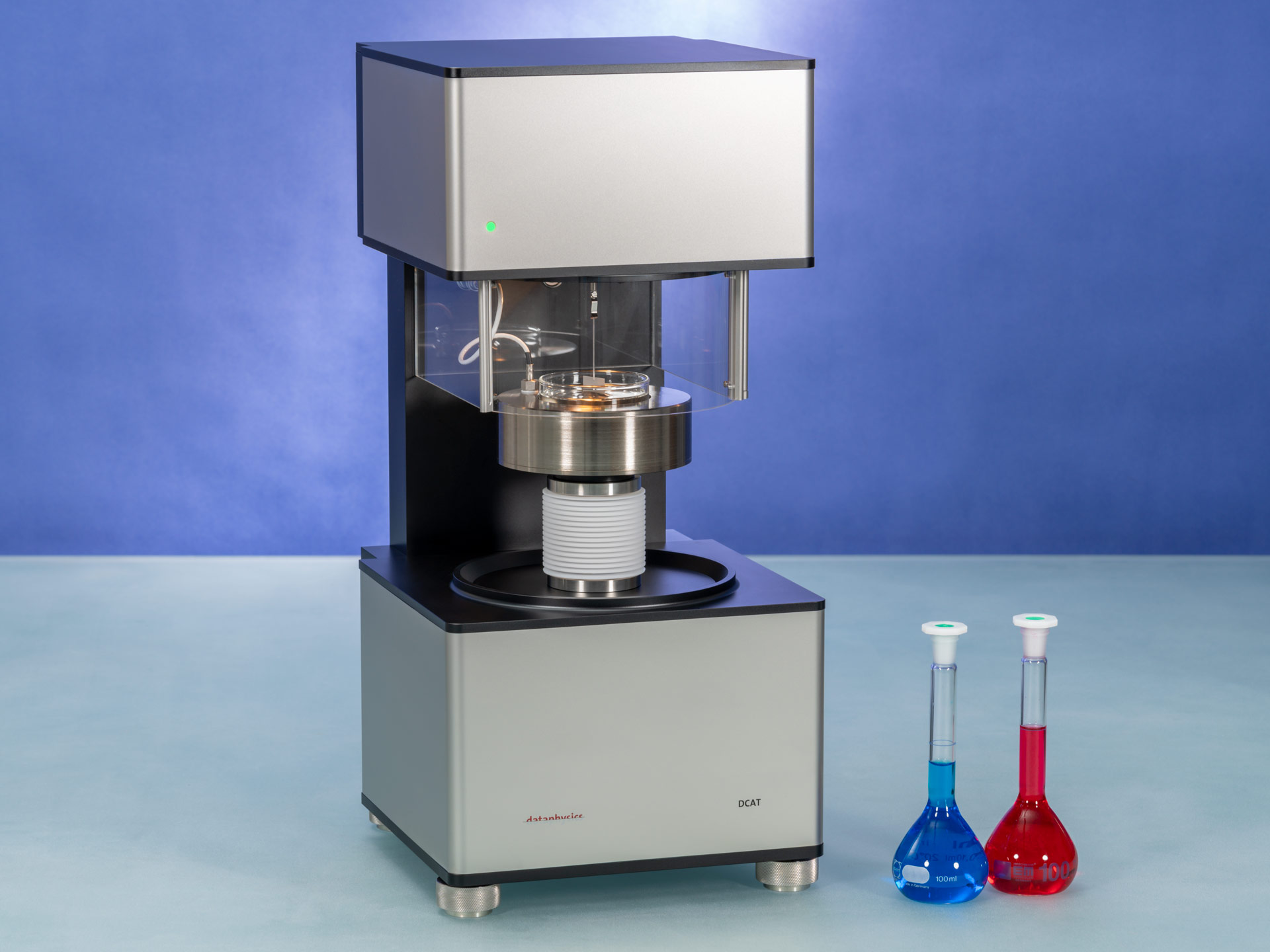 Contact Angle & Surface Tension
Contact Angle & Surface Tension
DCAT – Dynamic Contact Angle measuring devices and Tensiometer
The versatile DCAT Series combines dynamic contact angle measuring devices and force tensiometers to...
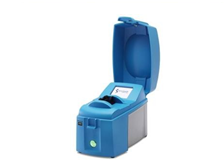 Oil Analysis
Oil Analysis
MiniVisc 3000
The MiniVisc 3000 is a groundbreaking portable kinematic viscometer that delivers laboratory-grade v...
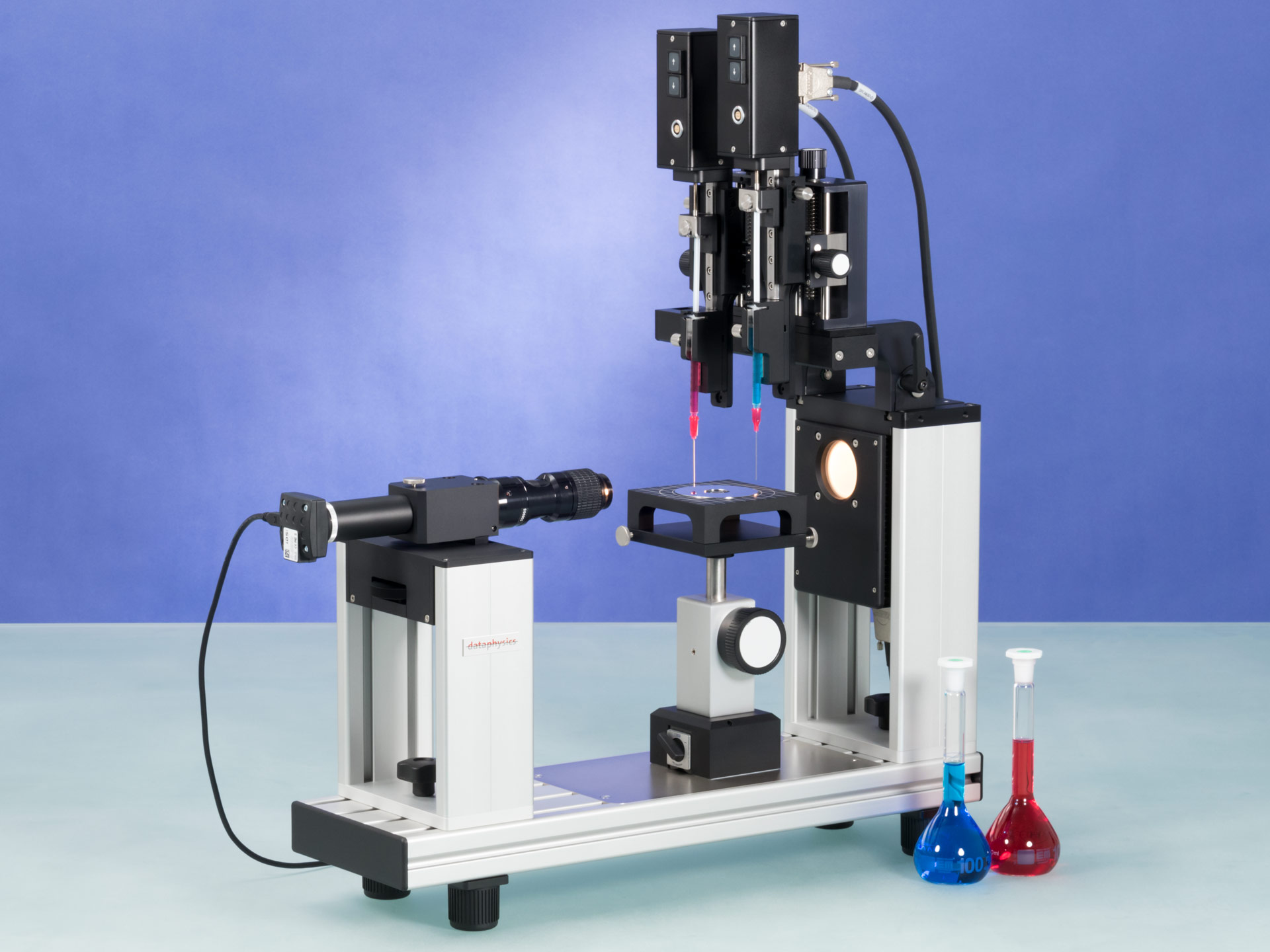 Contact Angle & Surface Tension
Contact Angle & Surface Tension
OCA – Optical contact angle measuring and contour analysis systems
The OCA Series by DataPhysics comprises high-precision optical contact angle goniometers and drop-sh...
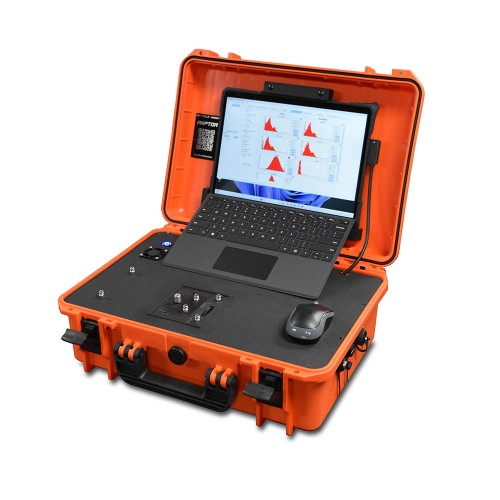 Oil Analysis
Oil Analysis
Pi Raptor Portable
The Raptor Portable Dry Powder Particle Size & Shape Analyzer is the first truly portable system tha...
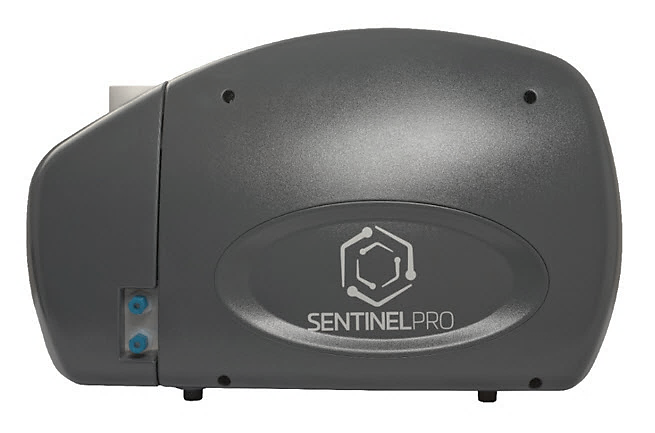 Oil Analysis
Oil Analysis
Pi Sentinel PRO
The SentinelPro is a high-performance dynamic image analyzer designed for applications where particl...
 Oil Analysis
Oil Analysis
Portable Kinematic Viscometer VS800
The VS800 Portable Kinematic Viscometer is a precision, multi-purpose viscosity measurement tool des...
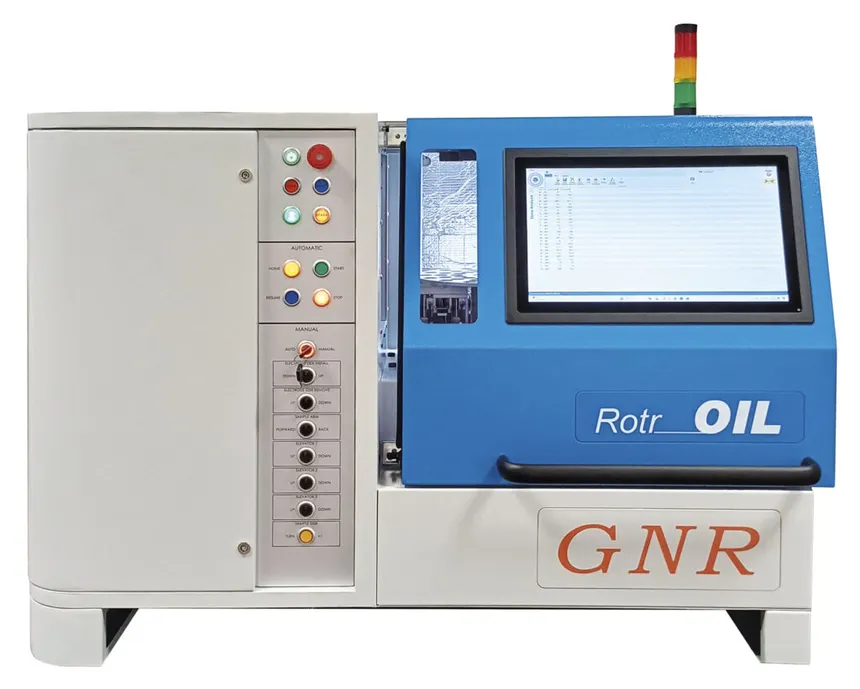 Oil Analysis
Oil Analysis
R4 RotrOil (Automatic Sample Changer)
The R4 RotrOil is an advanced, fully automated version of GNR's RotrOil elemental spectrometer. It i...
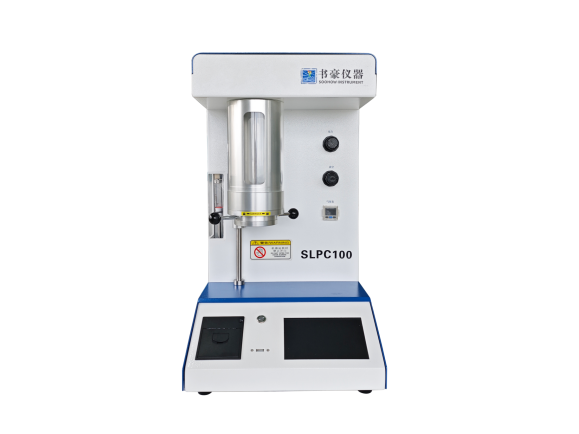 Oil Analysis
Oil Analysis
SLPC100 Desktop Oil Particle Counter
The SLPC100 is a desktop oil particle counter that employs the internationally recognized light obsc...
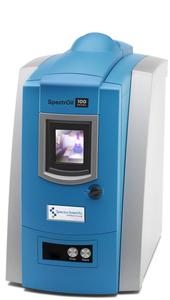 Oil Analysis
Oil Analysis
SpectrOil 100 Series
The SpectrOil 100 Series is a high-precision elemental analyzer based on Rotating Disc Electrode Opt...
Ready to Find the Right Solution?
Our team can help you select the perfect products for your Oil & Gas Exploration applications
